Martin Schmalfuß (left) and Laura Spieß: “The bottom line is more demanding automation tasks that previously required human intervention will now be handled by intelligent systems.”
Martin Schmalfuß, is Principal Developer for Robotic Process Automation at IKOR, a technology consultancy focused on the insurance industry. Laura Spieß works as a Senior Consultant for Process Optimization at the company’s sister ADWEKO, a technology consultancy in the banking and finance sector. Both companies operate under the umbrella of the X1F Group.




